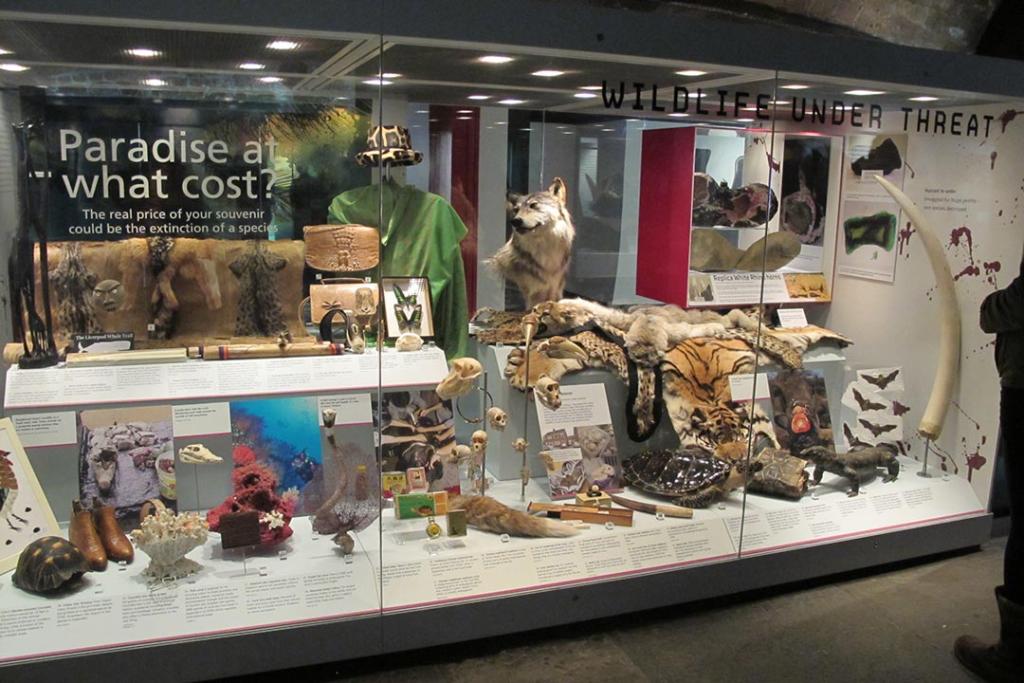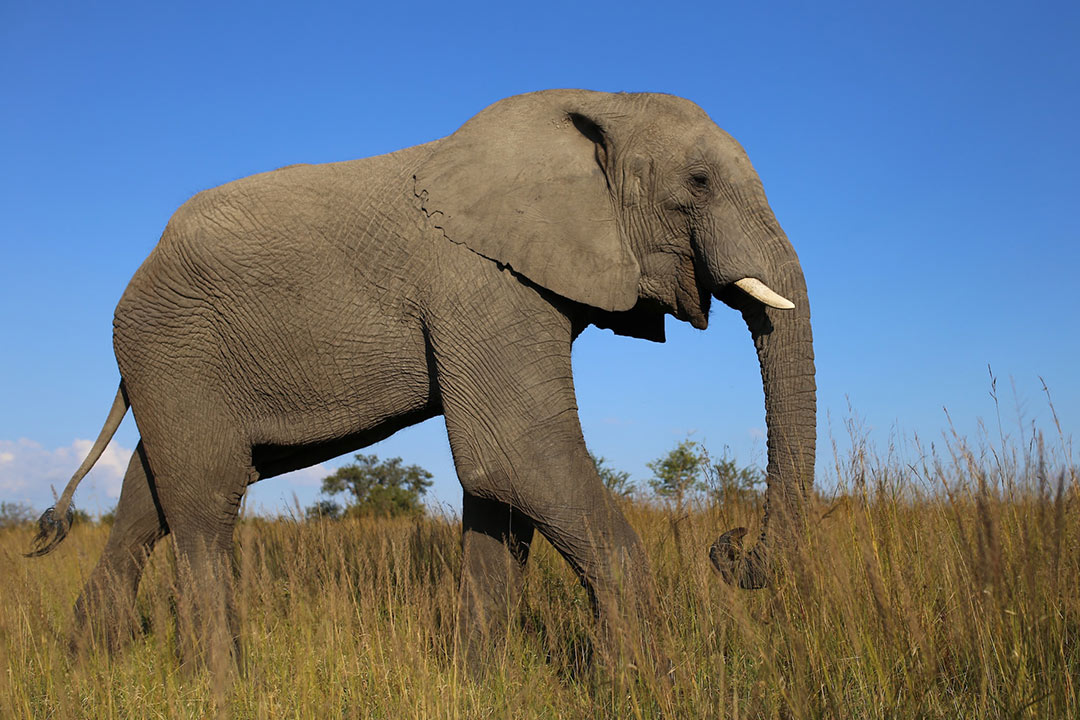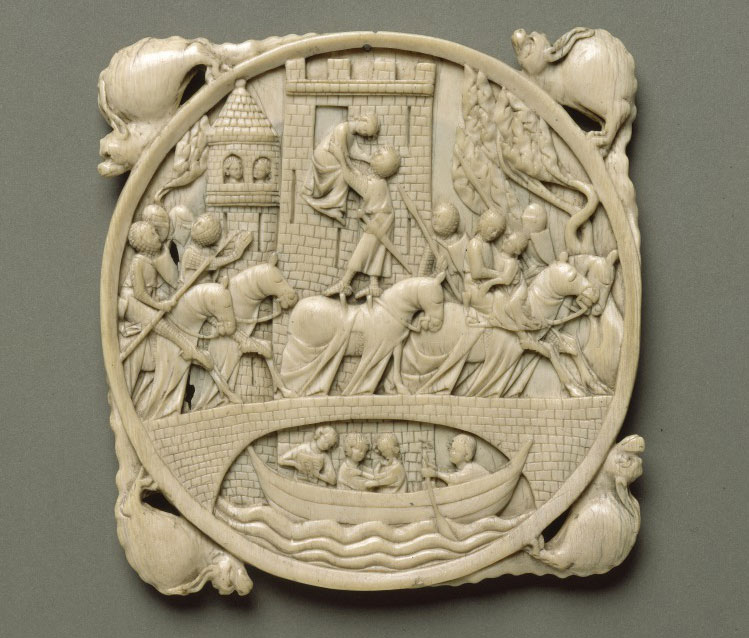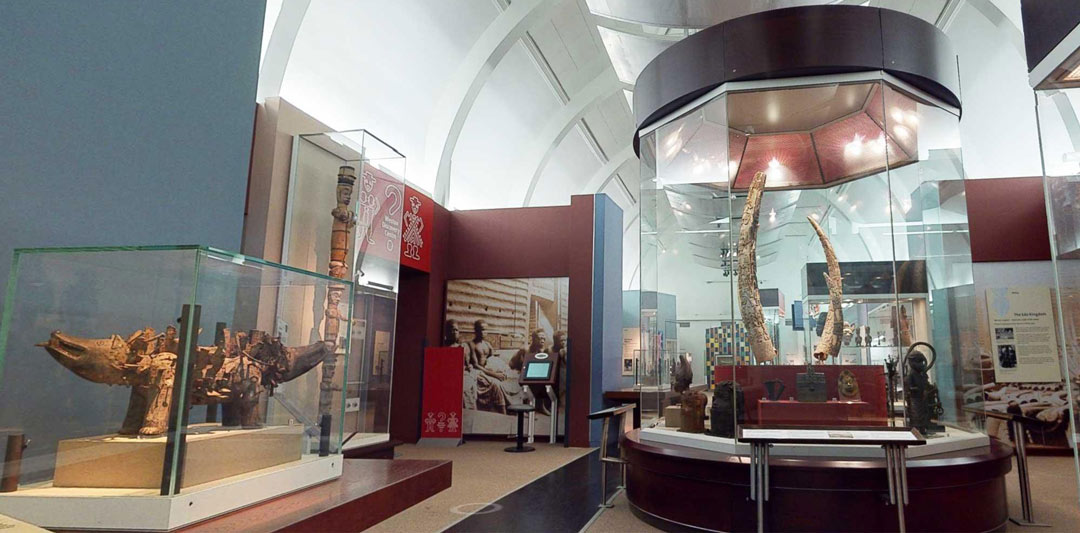Museums and ivory
This article is the first in a series coordinated by National Museums Liverpool’s Ethics Group. The group is made up of colleagues from across the organisation who meet regularly to review specific ethical cases or concerns, and make recommendations for action. The aim of the group is to actively promote sound ethical behaviour across all areas of our work and provide support and inspire confidence in ethical decision making.

The illegal trade in ivory
How depressing, and exasperating, that stories continue to emerge in the media evidencing the ongoing trade in endangered animal species. The trade in ivory, as only one part of this deplorable human activity, is now very well documented globally. The impact was brought home to us as never before by Sir David Attenborough in November 2019 in a documentary in which the staggering losses were presented – 350,000 African elephants remain, from an estimated 20 million that used to roam the continent. He ended the programme standing alongside the last two northern white rhinos in existence, both female and therefore, the last ever, having been hunted to extinction for their horns.

In August 2020 an elephant poacher was jailed in the Republic of Congo for 30 years. His gang had slaughtered 500 elephants since 2008 and had attempted to murder park rangers. This was the first criminal conviction of a wildlife trafficker in the Republic. The previous maximum sentence had been five years in the civil courts. In the same month, closer to home, a Lancashire taxidermist was jailed for 56 weeks after an extensive investigation revealing his activities trading in critically endangered species, including rhino horns, tiger teeth and huge elephant tusks. He had been charged twice previously and jailed in 2005 for similar offences. The fines and sentences were evidently not enough of a deterrent compared to the potential financial gains from his abhorrent trade.
Fighting the ivory trade
Laws have been enacted, fines and sentences have increased for those found guilty of contraventions, mountains of seized tusks have been burnt to ashes to prevent trade. Yet still elephants continue to be slaughtered and their tusks hacked off so that unscrupulous criminals can get very rich and collectors can covet objects made from the remains of awe-inspiring wild animals. What more can we do?
Trade in such materials has been restricted since 1975 by the Convention on International Trade in Endangered Species of Wild Fauna and Flora (CITES), which is signed by 183 countries including the UK. CITES restricts the movement and trade in all unworked ivory and in worked ivory acquired since 1947. The 2018 Ivory Act is specific to the UK and is stricter, banning trade and movement of ivory regardless of age, form and provenance. However, exemptions to both CITES and the Ivory Act allow museums to acquire and hold, borrow and lend materials which would otherwise be banned. Neither CITES nor the Ivory Act currently cover ivory from walrus, hippopotamus, sperm whale, narwhal, warthog or mammoth.
The challenges of having ivory in collections and how we display it
So, what do we hold in National Museums Liverpool?

National Museums Liverpool’s collections include 1,163 items documented as including ivory. Many of these were acquired in the early days of Liverpool’s museums in the mid to late 19th century. Most have not been confirmed as being elephant ivory and some are from the teeth or tusks of other animals including walrus, sperm whale, hippopotamus, narwhal and mammoth. Most are historic worked ivory, including intricately carved Chinese objects and the world-renowned collection of mediaeval ivory panels carved in Europe in the 16th century. But we hold ivory across all of our permanent collections and they include musical instruments, weapons, miniature fine art paintings, decorative art pieces, as well as non-worked teeth and tusks in our natural history collections. Importantly we also have some items recently seized by Border Force among the Seized! collection, including a growing number of historic and contemporary ivory pieces, legally seized by Border Force.
166 of these items are currently on display in National Museums Liverpool’s venues and in the past 10 years 32 ivory items belonging to the organisation have been loaned for display in 15 exhibitions in 14 different venues in the UK and around the world.
We display our collections to inspire, to inform, to educate and to enlighten. We make our collections available for study to academics around the world to reveal hidden stories and better inform our knowledge of our shared past. Our collections also increasingly provide a focus for debate about less comfortable aspects of our past history. The carved ivory Benin tusks in our Africa Gallery in the World Museum at first sight make an impressive statement about their cultural background. But they were acquired during the sacking of the city of Benin by the British forces and now prompt discussion about looting and the destructive impact of colonialism. Likewise, the Border Force collection is critical in enabling us to raise public awareness of the trade in endangered animals through displays, like the one shown above, and teaching events using seized illegal material including ivory.

But do museums provide a service to the public and academia, or a disservice to wildlife and the future richness of the planet if we continue to collect objects incorporating endangered species? Where does the balance lie? To what extent is the monetary value of these materials inflated and therefore the attraction of the illicit trade enhanced, by being displayed in our most prestigious museums?
Since 2010 only five items of ivory have been acquired by National Museums Liverpool, including part of a musical instrument, a fan and three Abolitionist pendants acquired by the International Slavery Museum. It seems that by far the largest share of the trade in ivory is through the illicit routes. In that case, how much impact can museums hope to exercise in what they keep and how they use collections?
What do you think?
